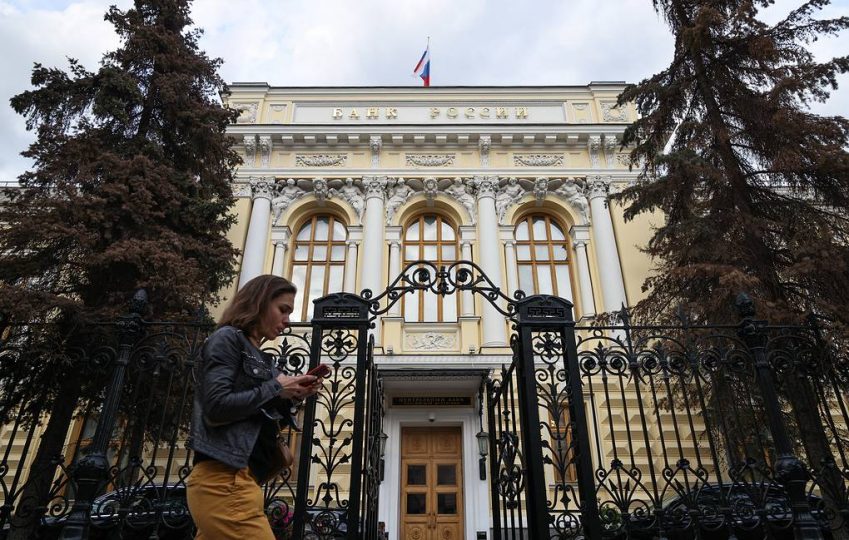Over 1,000 foreign companies have reduced, suspended, or ceased operations in Russia since it invaded Ukraine on February 24, a new report by the Kyiv School of Economics revealed on Monday.
As of Sunday, companies that declared a complete withdrawal from Russia had revenues of up to $32.5 billion and around $19.9 billion in capital. As for firms that suspended their operations in the country, their yearly revenue was around $58.7 billion with $32.7 billion in capital.
According to the data collected, 50.2 percent of foreign companies have already announced their withdrawal from the Russian market, while 21.2 percent have reduced their current operations and held off on new investments. Around 28 percent remain operational in the country.
This data is also backed up by findings from the University of Yale’s school of Management which found that almost 1,000 companies publicly announced they were voluntarily curtailing operation in Russia to some extent due to international sanctions.
Western firms that specialize in agriculture have remained in Russia despite pressures to leave the country, the Kyiv School of Economics report said, citing humanitarian reasons for staying.
Economic sanctions imposed by western powers and other countries have not yet been applied to the agriculture sector due to food safety and security reasons. It is also important to note that Russia is the world’s largest wheat exporter, a space in which Ukraine plays an important role as well. The effects of the Ukraine war on global food security have already been felt, with the United Nations’ Food and Agriculture Organization readjusting its Food Price Index last month.
The FAO Food Price Index – which tracks monthly changes in international prices of commonly-traded food commodities – averaged 159.3 points in March, up 12.6 percent from February when it only reached its highest level since its inception in 1990. The latest increase reflects a new all-time high in prices for vegetable oils, meat and cereal sub-indices, while those of sugar and dairy products also surged significantly.
The only sectors that showed steady growth in Russia during this time are energy, oil, and gas.




